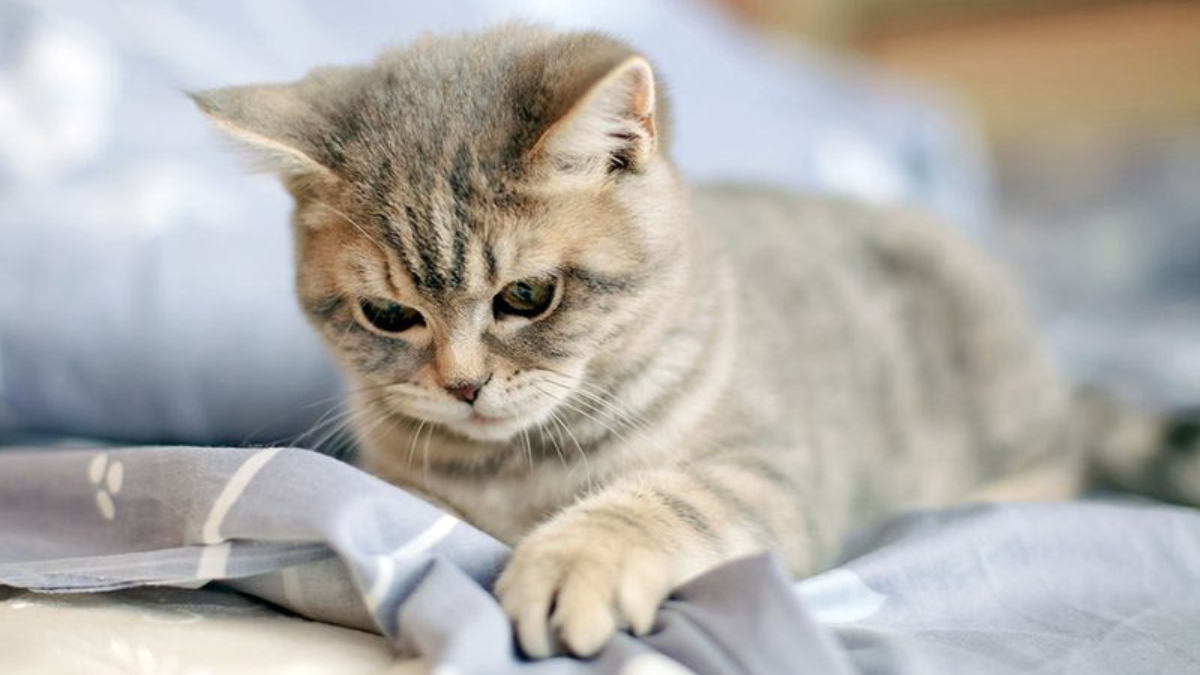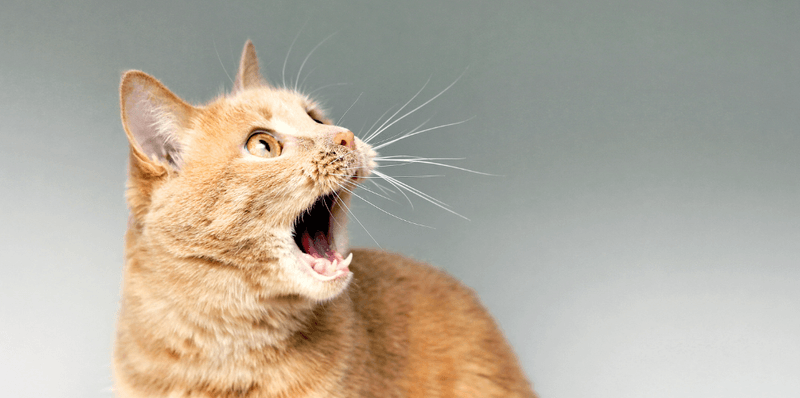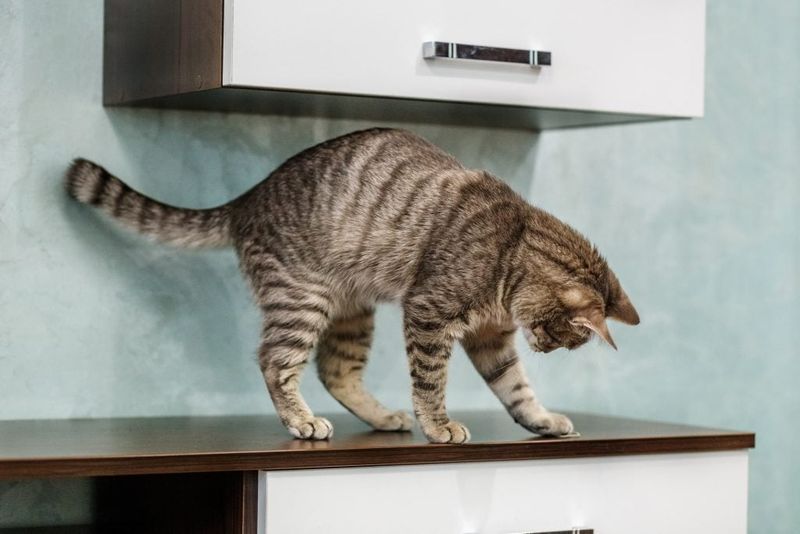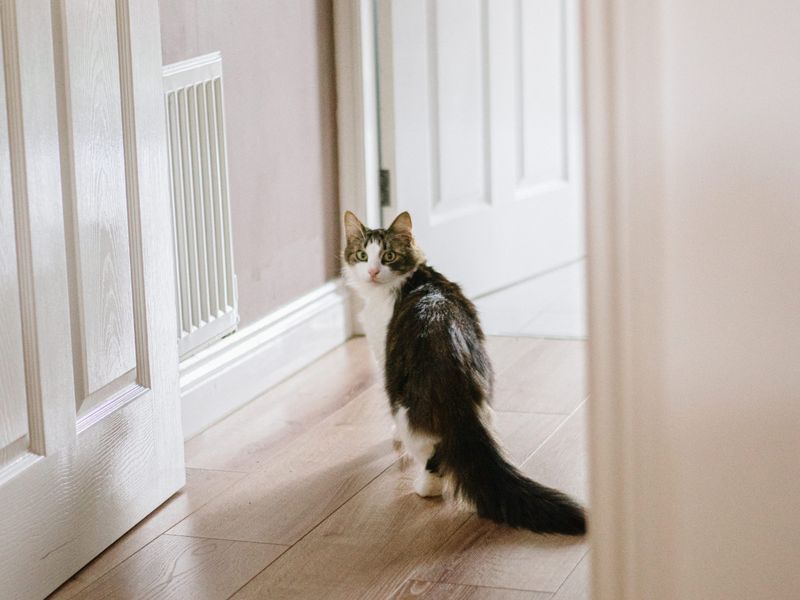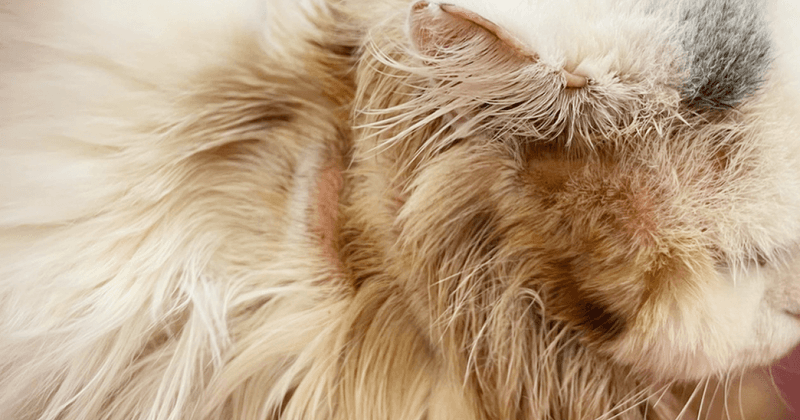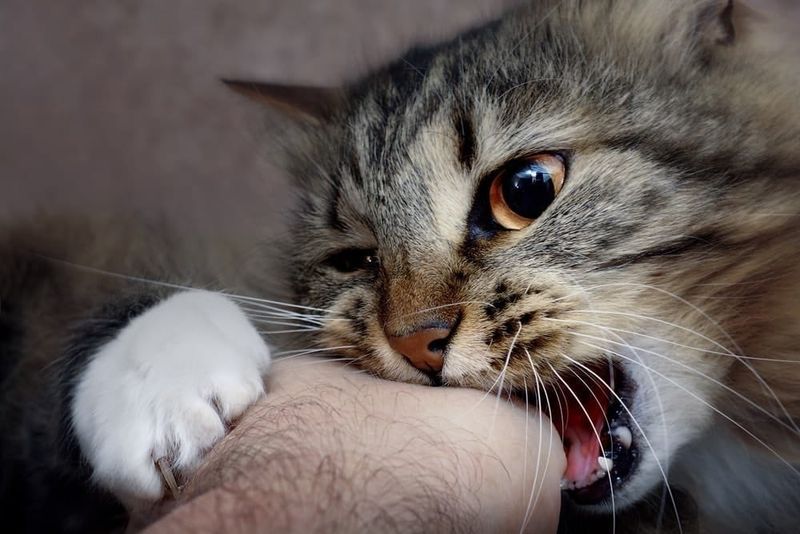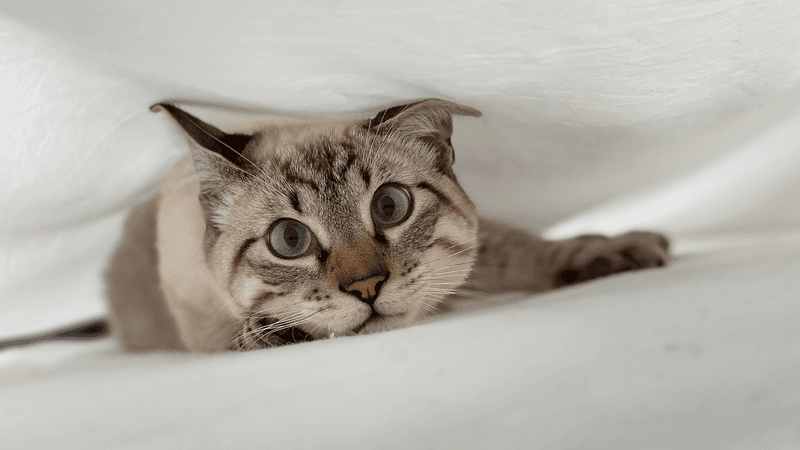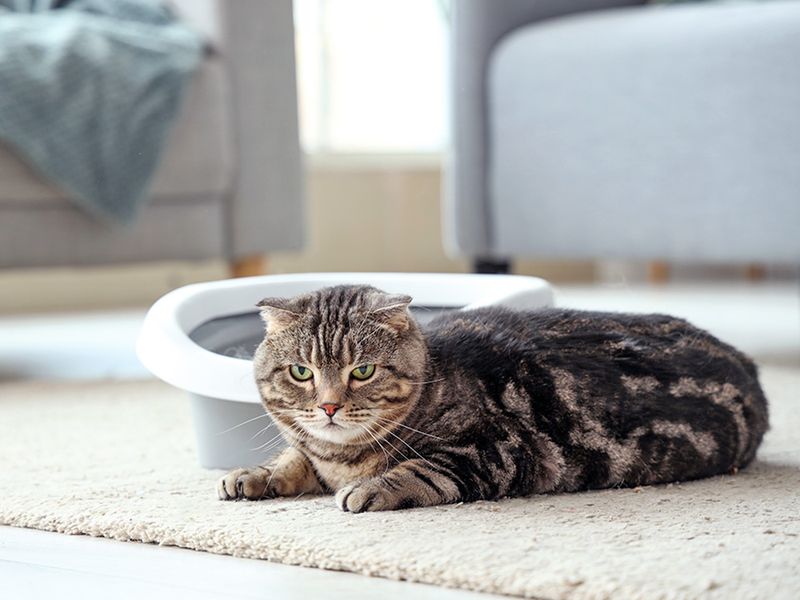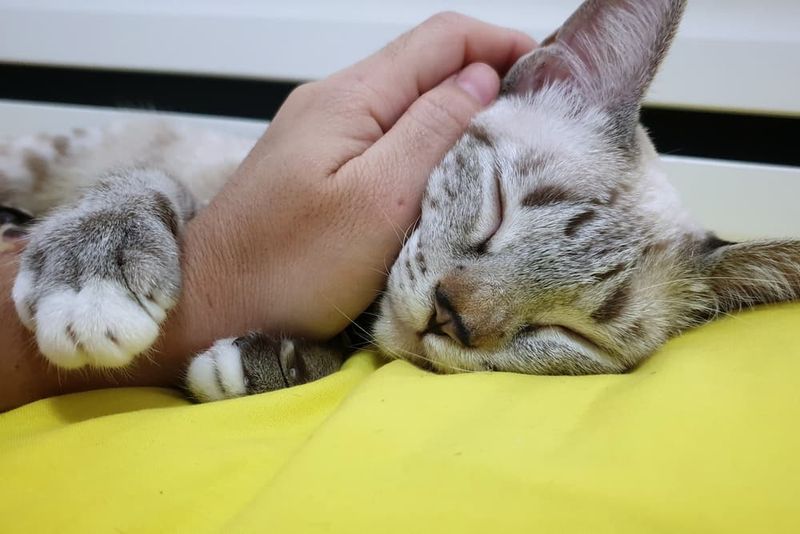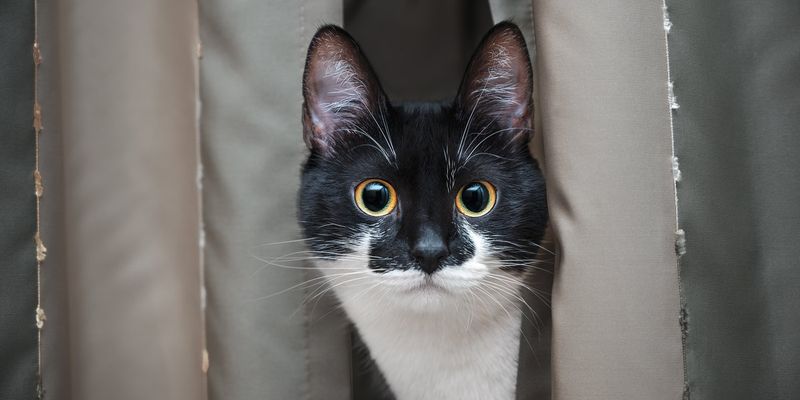📖 Table of Content:
- 1. Excessive Meowing at Odd Hours
- 2. Knocking Things Off Shelves
- 3. Following You to the Bathroom
- 4. Excessive Grooming or Hair Loss
- 5. Scratching Furniture Despite Having a Post
- 6. Sudden Aggression During Petting
- 7. Excessive Nighttime Activity
- 8. Inappropriate Elimination Outside the Litter Box
- 9. Excessive Kneading or ‘Making Biscuits’
- 10. Excessive Clingy Behavior
- 11. Staring at You Intensely
Felines are often seen as mysterious, self-sufficient animals who prefer solitude over constant affection. Their quiet nature and occasional aloofness can make it difficult to recognize when something is wrong. Yet behind their composed exterior, cats are constantly sending signals.
Behavioral changes that seem like stubbornness or mischief are often cries for connection. Scratching furniture, excessive meowing, or sudden mood shifts may point to emotional needs going unmet. These actions are not random—they’re meaningful attempts to communicate.
Recognizing the signs of a cat craving more attention can lead to a stronger, more trusting bond. Even small adjustments in daily interaction can make a noticeable difference. With consistency and understanding, a cat’s behavior can shift from distant to deeply affectionate.
1. Excessive Meowing at Odd Hours
Vocal cats might seem like they’re just trying to drive you crazy, especially at 3 AM. This nighttime concert often signals loneliness or boredom rather than a desire to disrupt your sleep. Cats are crepuscular creatures, naturally active at dawn and dusk.
Try scheduling a play session before bedtime to help burn off excess energy. A tired cat is more likely to sleep through the night. Some cats also respond well to having a heating pad or a stuffed toy for comfort when you’re sleeping.
Senior cats may meow more due to disorientation or health issues, so consider a vet check if this behavior starts suddenly in older cats.
2. Knocking Things Off Shelves
That glass figurine your cat just sent flying wasn’t a casualty of clumsiness—it was a calculated move. Cats who regularly push items off surfaces are literally trying to get a reaction from you. They’ve learned that this behavior gets your attention immediately, even if it’s negative.
Provide alternative entertainment through interactive toys that reward their natural hunting instincts. Puzzle feeders can keep their minds occupied while you’re busy.
Dedicate 15-20 minutes twice daily to focused play sessions. When your cat feels mentally stimulated and physically exercised, the urge to create their own entertainment decreases significantly.
3. Following You to the Bathroom
Your feline shadow, who can’t let you pee in peace, isn’t trying to invade your privacy. This clingy bathroom behavior stems from your cat’s social nature and their desire to be involved in your activities. The bathroom is particularly interesting because of the running water and confined space.
For cats, bathroom following can also be a security measure. You’re vulnerable while using the facilities, and your protective pet is standing guard.
Rather than finding this annoying, recognize it as a sign of attachment. Your cat values your company so much that they can’t bear to be separated even for a few minutes—a true compliment in the feline world.
4. Excessive Grooming or Hair Loss
Cats are naturally fastidious, but when grooming becomes obsessive, it signals distress. Overgrooming can create bald patches, particularly on the belly, legs, and base of the tail. This behavior often develops when cats feel anxious or under-stimulated.
Environmental enrichment can help reduce this stress response. Climbing trees, window perches, and hiding spots give your cat control over their surroundings. Consistent daily play sessions provide both physical exercise and mental stimulation.
Pheromone diffusers like Feliway can create a calming atmosphere. For severe cases, consult your vet, as medication might be necessary alongside increased attention and environmental modifications.
5. Scratching Furniture Despite Having a Post
Your sofa’s shredded arm isn’t just collateral damage from sharp claws. When cats ignore their scratching posts in favor of your furniture, they’re often marking territory and seeking attention simultaneously. The more dramatic the destruction, the more likely you are to respond.
Location matters tremendously with scratching posts. Place them near the furniture being targeted and in social areas where your cat spends time. Many cats prefer sisal rope or corrugated cardboard textures over carpet-covered posts.
Reward your cat with treats and praise when they use appropriate scratching surfaces. Interactive play near the scratching post can create positive associations and fulfill their need for both attention and territorial marking.
6. Sudden Aggression During Petting
One minute your cat is purring in bliss, the next they’re biting your hand. This Jekyll and Hyde transformation, known as petting-induced aggression, happens when stimulation becomes overwhelming. Cats have sensitive nerve endings that can shift from pleasure to discomfort quickly.
Learn to read subtle warning signs like tail twitching, skin rippling, or ears flattening. These signals indicate your cat is reaching their stimulation threshold.
Keep petting sessions brief and focus on areas your cat consistently enjoys, typically the cheeks and chin. Avoid sensitive areas like the belly and base of tail. This respect for their boundaries actually builds trust and can gradually increase their tolerance for affection.
7. Excessive Nighttime Activity
The midnight zoomies aren’t your cat’s revenge plot—they’re a sign of pent-up energy. Indoor cats naturally need to burn calories, but many don’t get enough stimulation during daylight hours when their humans are busy or away.
Automatic toys can provide entertainment during your absence. Consider feeding puzzles that make your cat work for food, mimicking natural hunting behaviors and providing mental exercise.
Creating a consistent routine helps regulate your cat’s internal clock. Try to schedule interactive play sessions at the same times each day, especially before meals and bedtime. This predictability satisfies their need for both exercise and the security that comes from knowing what to expect.
8. Inappropriate Elimination Outside the Litter Box
Finding surprises outside the litter box ranks among the most frustrating cat behaviors. While health issues like UTIs can cause this problem, cats often urinate inappropriately when feeling insecure or anxious. The behavior serves as both a stress response and attention-seeking mechanism.
First, rule out medical causes with a veterinary visit. Then address environmental factors by providing multiple, clean litter boxes in quiet locations. The general rule is one box per cat plus one extra.
Reduce household stressors when possible. New pets, moving furniture, or even visitors can trigger insecurity. Spend more quality time with your cat daily, as increased positive attention often resolves this behavior when medical issues aren’t present.
9. Excessive Kneading or ‘Making Biscuits’
Those rhythmic paw movements on your lap might leave your thighs sore, but they’re actually a compliment. Kneading or “making biscuits” stems from kittenhood nursing behavior. When adult cats knead excessively, especially while purring loudly, they’re expressing contentment but also seeking security.
Cats who knead frequently often benefit from more consistent affection throughout the day. Short, regular petting sessions can be more effective than occasional longer ones.
Provide a soft blanket or dedicated kneading pad to protect your skin. This behavior is your cat’s way of self-soothing while simultaneously bonding with you—essentially creating a safe space through physical connection and the comforting scents they leave behind.
10. Excessive Clingy Behavior
The cat who won’t let you out of their sight might seem needy, but this velcro behavior signals deep attachment and possibly anxiety. Cats typically become extra clingy during times of change or when they’re feeling vulnerable. Recent moves, new family members, or schedule disruptions can trigger this response.
Create predictable routines to provide security. Feeding, playing, and cuddling at consistent times helps your cat feel more confident about what to expect.
Designate special places where your cat can safely observe household activities. Window perches, cat trees, or shelves give them the perfect combination of involvement and security, satisfying their need to be near you while maintaining their independence.
11. Staring at You Intensely
Those unblinking feline eyes boring into your soul aren’t plotting your demise—they’re trying to communicate. Intense staring often indicates your cat wants something specific: food, play, or simply acknowledgment. The longer and more focused the stare, the more urgent their perceived need.
Cats are masters of subtle communication. When staring is accompanied by slow blinking, they’re expressing trust and affection. Try returning these “slow blinks” to strengthen your bond.
Pay attention to patterns in their staring behavior. Does it happen at certain times of day or in specific locations? These clues can help you understand what your cat is requesting, whether it’s attention, food, or access to a favorite spot.
